In my review of RGC Audio's free synthesizer "Triangle II" I said "the folks at RGC Audio obviously know how to get something right...". Then I thought to myself, "Self, let's go see if that holds true with another of their tasty looking products". I purchased Pentagon 1 through Cakewalk (who btw has been running a special price offer of Pentagon 1 for registered Cakewalk users.) In a nutshell, "Self" was not at all disappointed...and neither was I. This synthesizer is rich in both sound and features. I can't possibly cover all of the features here. In fact I'm wondering how I can possibly do Pentagon 1 and it's creators justice, but I said I would review Pentagon 1 and you might be able to tell already that I really dig this synth. So here we go with just a few reasons why I'm impressed and a few of the things that make Pentagon 1 a serious synthesizer.
Oscillators. To start off Pentagon 1 has 4, each offering 13 waveforms. Take into account that 4 of those are user-loadable and you have the potential of an unlimited waveform source for shaping each oscillator. There are wavetables you can download from rgcaudio.com to load into User 1 and User 2 of the oscillator waveform selection. You can turn off any of the oscillators you aren't using when you want to save on cpu usage. The synthesizer is not very processor intensive, but when you have other plugins going, it's nice to know you can cut back on something if you're not using it. Good thinking on their part. You can also turn off the filters and simply run the oscillators in their raw form. A very important feature comes into play at this point. There is a render feature that toggles between Normal and High Operation. Because of the need for a higher order algorithm when using some waveforms sans-filters, RGC Audio has added a "High Operation" mode into Pentagon 1 which they say will "keep the transient response in its maximum quality".
You can stack the 4 oscillators, modulate oscillators 2 and 4 with 1 and 3 to create ring modulation, or modulate oscillators 2 and 4 with 1 and 3 to create frequency modulation or fm. Nice.
There is a dedicated pitch lfo with 13 available waveforms.
A moment for the Portamento section. There are 4 ways that Pentagon 1 will apply portamento. It's easier if I quote the user manual desciption here:
"The glide effect between two notes will be applied always, and it will take the same time no matter the interval between notes.
The glide effect between two notes will be applied always, but it will take longer if the interval between notes played is longer.
The glide effect between two notes will be applied only to legato notes (when the new note is played before last note ends), and it will take the same time no matter the interval between notes.
The glide effect between two notes will be applied always, and it will take longer if the interval between notes played is longer."
Then you have the control for portamento speed that works in conjunction with whichever above setting you choose.
Nice.
There is a dedicated amplifier lfo with sine, square, pulse 50%, pulse 25%, pulse 12%, saw up, saw down, triangle, random, oscillator 4, step 1, step 2, step 3, and step 4/user waveforms. Yes...you can also load your own waveforms here.
Following the Pitch Envelope section, there is an elaborate Pulse Width Modulation section that can sync all 4 oscillators at the same width or at a full phase spread.
Pentagon 1 has 2 resonant multimode filters, which can be set to highpass, bandpass, notch, or lowpass, and each with it's own envelope generator. These filters can be selected to run in parallel or serial. There is also an lfo dedicated to controling cutoff filter. The waveform choices for the filter oscillator are sine, square, pulse 50%, pulse 25%, pulse 12%, saw up, saw down, triangle, random, oscillator 4, step 1, step 2, step 3, and guess what?...step 4/user...this lfo can be loaded with user waveforms too!
Are we having fun yet? Hehe.
All of the lfos have controls for offset, shape, speed, delay, depth, fade, aftertouch, breath, and modulation. The amplifier lfo has an additional control for panning left and right. The knobs serve double functions here. The pairs of functions can be toggled back and forth in the lfo section. This saves some room in the interface. The lfos can be synced to the host tempo "in most hosts" in normal sync intervals running between 16th triplets all the way to 16 bars.
There is a complex stereo chorus/phaser section, a stereo delay section, a distortion/overdrive section, and an EQ section.
Pentagon 1 has what they call a simulator, and that's what it is. It contains a list of frequency response simulators to choose from "ranging from Amp/Cabinet simulations to esoteric artificial equalizations to sample rate limiting responses" (to quote the user's manual).
Pauses to breath.
Now we have another totally delightful feature...the formant filter. This is a simple on/off feature as far as I can see but it is a wonderful thing to turn on whenever you want to add a rich formant quality to a sound. You can select the vowel, aeiou, you want to hear in the sound. It's not like an FS1R or DX7, in that you don't have the operators that you have inside of an additive synthesizer, but it's not supposed to. The formant quality produced is lovely and holds its own in the quality of sound next to the FS1R I have in my rack.
PentagonI has a filter limiter that will prevent clipping when using high resonance settings. I thank you. My ears thank you. My neighbors thank you.
Polyphony can be set at up to 64 voices and limited to as few as 1 voice. PentagonI has a Polyphony Limiter which they describe in the user manual as an "advanced Intelligent Voice Allocation engine, which allows playing with minimum voice-stealing artifacts even with low polyphony settings".
There is complete MIDI implementation for every function, and "MIDI Learn" and "MIDI Forget", and there is a Program Management system.
Downsides:
Sorry. My pen must've run out of ink. I can't think of any. Well there is one that another user brought to my attention. With all of the knobs and all of the sections, it might have been easier if the sections were different colors. It's an idea. But then it could easily become an eyesoar as well. I personally like the look of Pentagon 1.
Finally, as I said about TriangleII, don't let all of the knobs and all of the sections scare you away from this baby. There are lots of great presets to start you off including basses, leads, pads, strange alien sounds, bells, drums including some 909 and 808 drums, and 2 humongous Hoover sounds for anybody who's trying to create them on their present equipment and can't quite get there! When you take into account the formant ability with it's 5 vowels there are lots and lots of sounds to get you started. The sounds are big and beautiful. This synth definately compares favorably to analog. In fact one thing I forgot to mention is that among the oscillator waveforms are "Vintage Saw", "Perfect Saw", Vintage "Square", and "Perfect Square". The "perfect" are mathematically correct as opposed to the "Vintage". I used one PentagonI preset and one sound I made with Pentagon 1 in a track last week and received positive feedback from people on both of those sounds. That speaks volumes. Pentagon 1 is going to be open in my sequencer for my future tracks.
One last "Finally" thing. The creators put a preset into the last spot of bank B called "www.rgcaudio.com". It's an amazing preset, but it also says something about the pride these folks took in creating PentagonI. I think that's great.
I certainly skipped over a lot in trying to keep this as short as possible. I give Pentagon 1 a 10 out of 10 rating. I play this thing and the sounds, ahh the sounds! Lovely. Massive. And Nasty ;) They have a demo available at their website. Go for it!



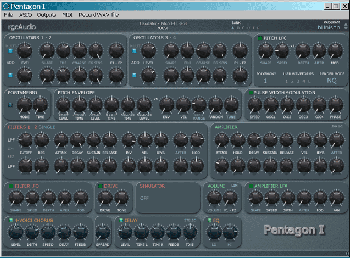
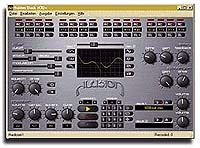
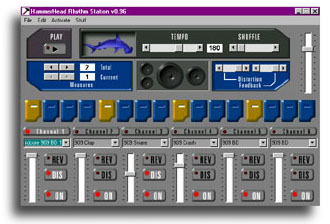
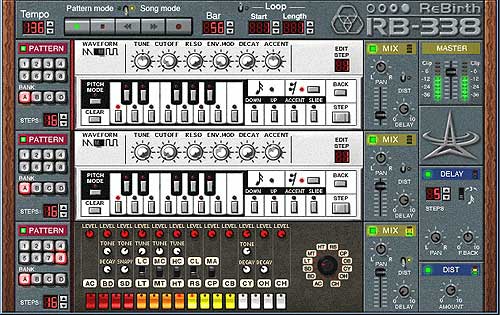
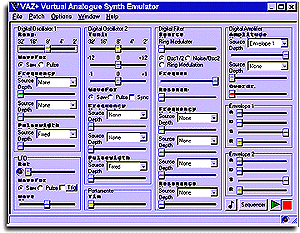
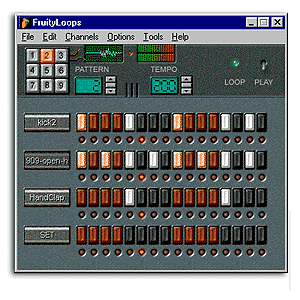
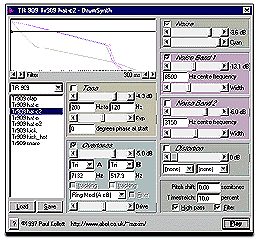
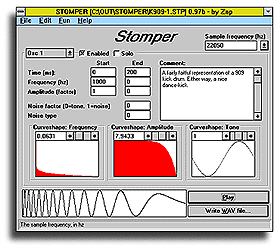
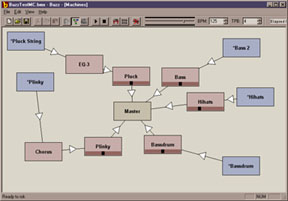
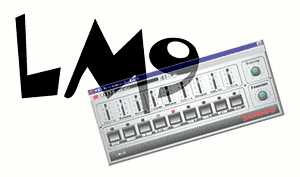

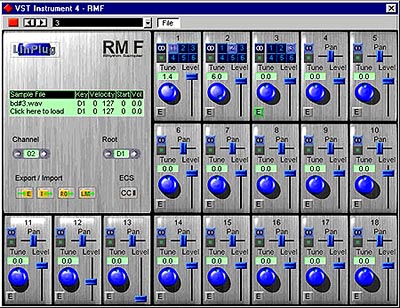
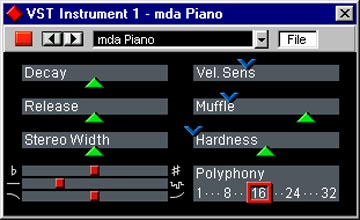

Read 2 comments
Add review/comment